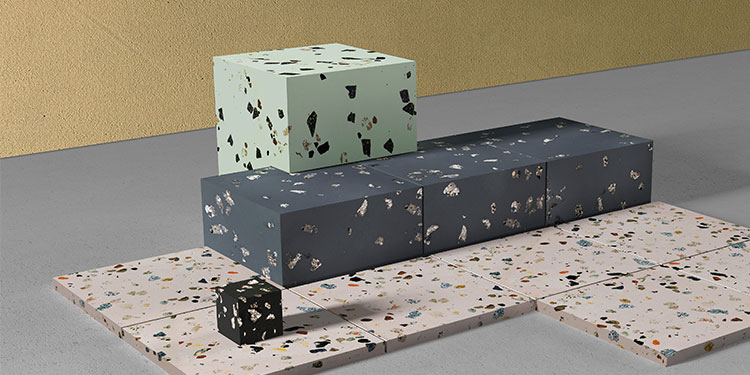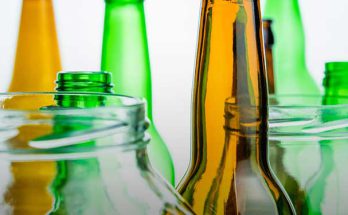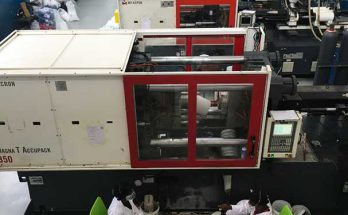
Clever designers have discovered a way to transform empty cans, broken lung chairs and disposable cutlery into durable terrazzo-like plates by shaving small pieces of plastic waste and compressing them in flat tiles or sheets with a sheet pressing system.
Mattia Bernini, design and strategy director at Precious Plastic, an organisation designed to make recycling in plastic more available, explains that it functions a bit like a toaster plate. Before the launch of Precious Plastic in 2014, machinery for plastic recycling used were mostly automated and made the process expensive and made little innovation possible. The organisation lowered the expense of basic DIY recycling equipment to just $ 2,000 by simplifying and open-sourcing technical plans. This allowed Thailand to Kenya volunteers to set up recycling plants in their own communities and designers to test compressed plastics at a relatively small cost.
There are limitless possibilities. By mixing various colours and plastic forms, artists can build from miniature speckles in a dark base up to granite-like kaleidoscopic designs with hundreds of colours. “Plastic is often regarded as waste but that is only a restriction of our imagination,” says Mattia. “To really make this material a precious one, we believe in the adding value of plastics through the introduction of a craft element to recycling.”
The world of architecture has also taken note of its journey to cleaner and greener. From the realms of DIY ventures the plastic terrazzo has arisen.



